The University of Chicago Press, Chicago 60637
The University of Chicago Press, Ltd., London
2015 by The University of Chicago
All rights reserved. No part of this book may be used or reproduced in any manner whatsoever without written permission, except in the case of brief quotations in critical articles and reviews. For more information, contact the University of Chicago Press, 1427 E. 60th St., Chicago, IL 60637.
Published 2015
Paperback edition 2018
Printed in the United States of America
27 26 25 24 23 22 21 20 19 18 1 2 3 4 5
ISBN-13: 978-0-226-16990-3 (cloth)
ISBN-13: 978-0-226-59761-4 (paper)
ISBN-13: 978-0-226-16993-4 (e-book)
DOI: https://doi.org/10.7208/chicago/9780226169934.001.0001
Library of Congress Cataloging-in-Publication Data
Dunaway, Finis, author.
Seeing green : the use and abuse of American environmental images / Finis Dunaway.
pages ; cm
Includes bibliographical references and index
ISBN 978-0-226-16990-3 (cloth : alk. paper) ISBN 0-226-16990-1 (cloth : alk. paper) ISBN 978-0-226-16993-4 (e-book) 1. EnvironmentalismUnited States. 2. Visual communicationUnited States. 3. Environmentalism in mass media. 4. Environmentalism in art. 5. Disasters in art. I. Title.
P96.E572U63 2015
363.7014dc23
2014029025
Publication of this book has been aided by a grant from the Neil Harris Endowment Fund, which honors the innovative scholarship of Neil Harris, the Preston and Sterling Morton Professor Emeritus of History at the University of Chicago.The Fund is supported by contributions from the students, colleagues, and friends of Neil Harris.

This paper meets the requirements of ANSI/NISO Z39.48-1992 (Permanence of Paper).
Certain images stand out as icons of American environmentalism: a 1971 public service announcement featuring the Crying Indian, who sheds a tear in response to litter and pollution; the cooling towers of Three Mile Island, site of a notorious nuclear power accident in 1979; the sorrowful spectacle of oil-soaked otters and birds following the 1989 Exxon Valdez spill; and, more recently, Al Gore delivering his global-warming slide show in An Inconvenient Truth. These images, and others like them, have helped make environmental consciousness central to American public culture.
If you look through most histories of environmentalism, though, you will find few of these images. Standard accounts of the movement emphasize the growth of local and national organizations, the contributions of key thinkers and activists, or the impact of environmentalism on public policy. Despite the important insights yielded by these approaches, such histories have failed to consider the crucial role images have played in the making of popular environmentalism. While traditional histories focus on political struggles, legislative reforms, and scientific writings, this book moves beyond conventional sources to place media images at the center of its analysis. Rather than presenting pictures as mere illustrations, as passive mirrors that simply reflect historical change, I instead consider images as active rhetorical agents. Media images do not simply illustrate environmental politics, but also shape the bounds of public debate by naturalizing particular meanings of environmentalism. As they draw
Seeing Green shows how popular environmentalism has been entwined with mass-media spectacles of crisis. This fusion of politics and spectacle has encouraged Americans to see themselves as part of a larger ecological fabric, and to support personal and political change to protect the environment. Yet, even as media images have made the environmental crisis visible to a mass public, they often have masked systemic causes and ignored structural inequalities. Deflecting attention from corporate and government responsibility, popular images have instead emphasized the idea that individual Americans are personally culpable for pollution and other environmental problems. The visual media have thus offered environmentalists a double-edged sword: Images have helped them popularize their cause, but have also distorted their ideas by portraying their movement as a moralistic crusade to absolve the nation of its guilt. Ultimately, this dual focus on spectacles of crisis and individual consumer choices has hidden underlying causes and structural solutions behind a veil of inattention.
Beginning with radioactive fallout and pesticides during the 1960s and ending with global warming today, this book looks at a wide array of media imagesincluding pictures in popular magazines, television news, advertisements, cartoons, films, and political postersto explain how dominant ideas of environmentalism became naturalized through repetition. Rather than focus on one genre of representation, such as photojournalism or Hollywood film, I decided to take a broader view and consider the cross-fertilization of ideas and motifs across a variety of mainstream media sources. This approach not only registers the intertextual experience of audiences who encounter visual images in diverse forms and contexts, but also reveals the overarching themes and tropes that have shaped the dominant meanings of popular environmentalism.
Seeing Green emphasizes three broad themes often missing from other histories: the emotions and public life, the shifting meanings of environmental citizenship, and the limits of media representation. First, I explain how the public life of environmentalism has depended upon the power of media imagery to evoke audience emotion and give visible form to fear, guilt, hope, and other environmental feelings. Emotions are not peripheral to politics and public life, but rather play an active role in galvanizing environmental concern. Although it is
In tracing the emotional history of environmentalism, I identify a recurring pattern in popular imagery: a focus on children as emotional emblems of the future. Children have long played an important symbolic role in other reform effortsfrom Progressive Era campaigns against child labor to civil rights protests in the 1960syet their frequent presence in environmental imagery requires its own explanation. Within the context of popular environmentalism, childrens bodies provide a way to visualize the largely invisible threats of radiation, toxicity, and other environmental dangers.
The vulnerable childusually and not coincidentally a white childbecame a key visual motif to project a sense of universal vulnerability. This equation of whiteness with universal danger has made environmental problems appear to transcend race and class divisions. Although the poor and racial minorities have often been exposed to higher levels of pollutants and toxicity, media images have repeatedly imagined the citizenry as being equally vulnerable to environmental risk. By depicting white bodies as signs of universal vulnerability, this imagery has mobilized environmental concern but has also masked the ways in which structural inequities produce environmental injustice.
The popular discourse of universal vulnerability relates to my second focus on the meanings of environmental citizenship. I use this term to denote the ecological rights and responsibilities of citizens: from state policies that promise to protect people from toxicity and other environmental risks to individuals engaging in ecologically responsible actions in daily life. I argue that the visual media function as an important technology of environmental citizenship, and I ask how various images have enlarged, restricted, or otherwise defined the scope of ecological rights and responsibilities in modern America.


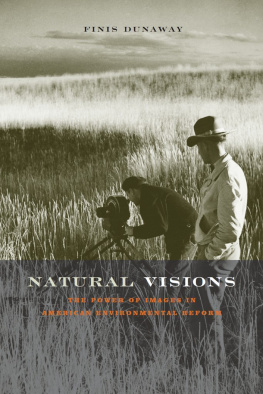
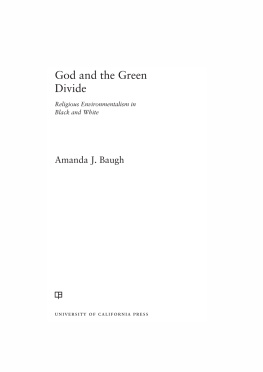


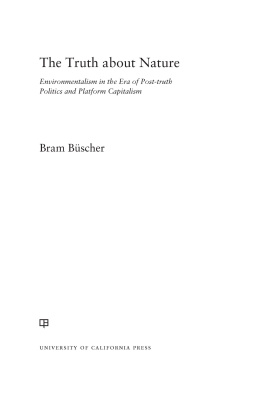

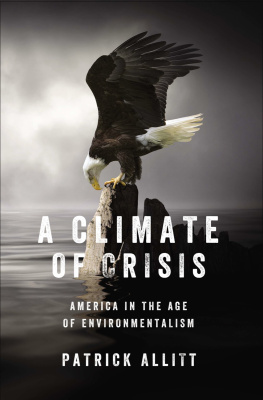
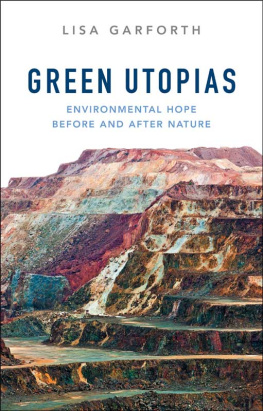
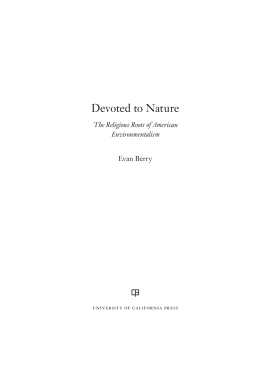

 This paper meets the requirements of ANSI/NISO Z39.48-1992 (Permanence of Paper).
This paper meets the requirements of ANSI/NISO Z39.48-1992 (Permanence of Paper).